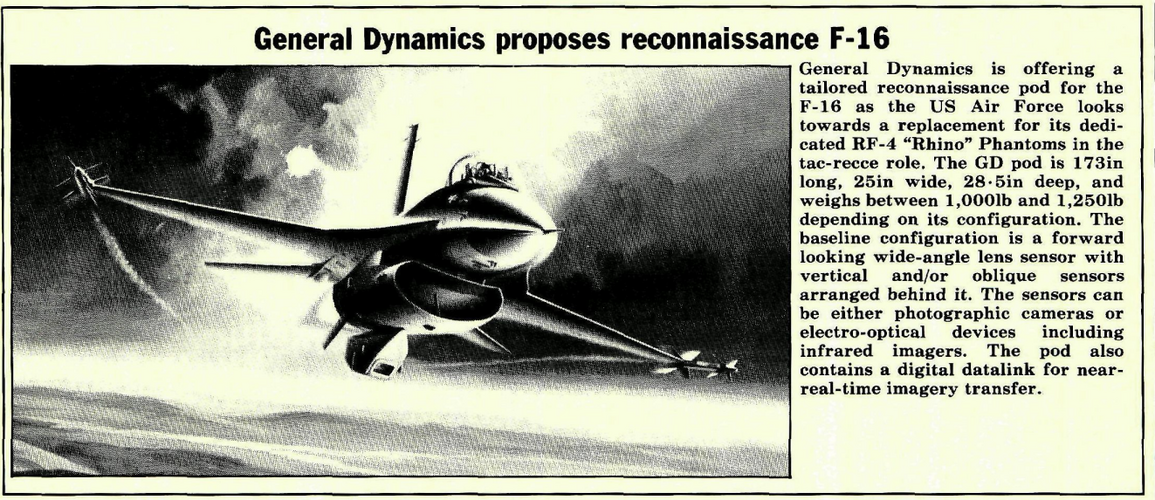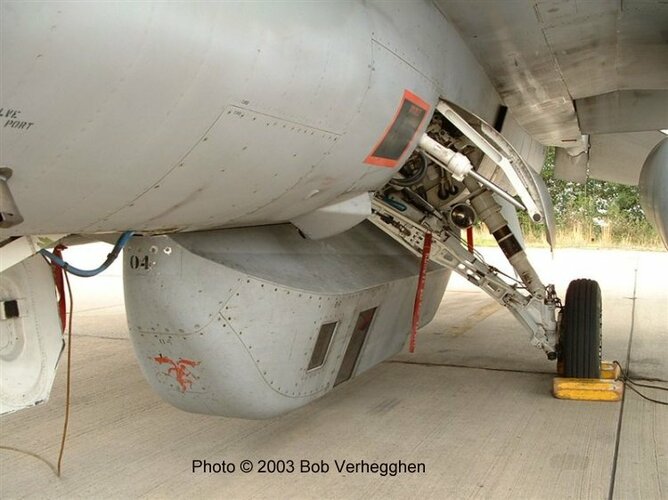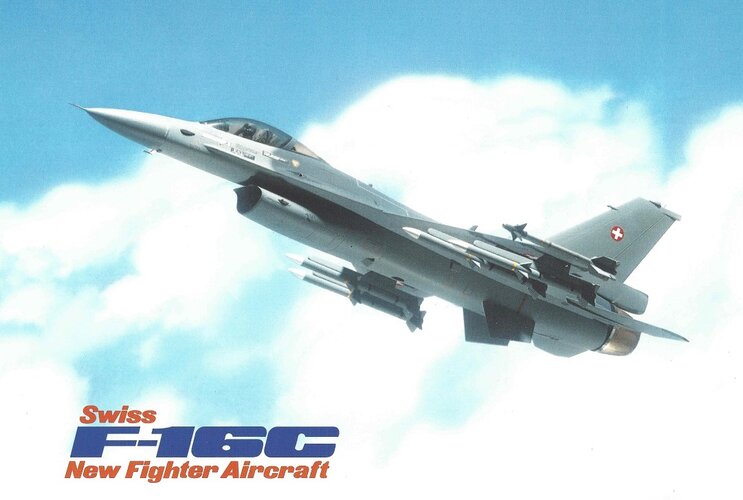Christopher Wang
ACCESS: Secret
- Joined
- 3 June 2021
- Messages
- 273
- Reaction score
- 580
As I said before,Shah of Iran asked for 250 [F-16] unit for his air force.
Imagine an alternate timeline where we see F-16s and F/A-18s from both the United States and Iran flying against each other over the Persian Gulf. They won't necessarily shoot at each other, but they would go in a rough-and-tumble play dogfighting to test each other's skills and resolve.By the way, Shah requested for 300 F/A-18 at the same time.



